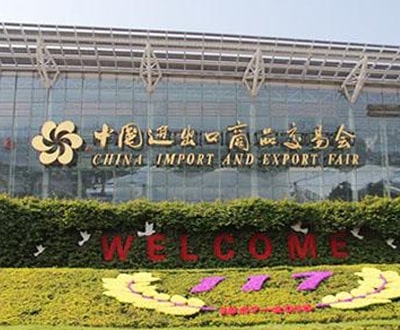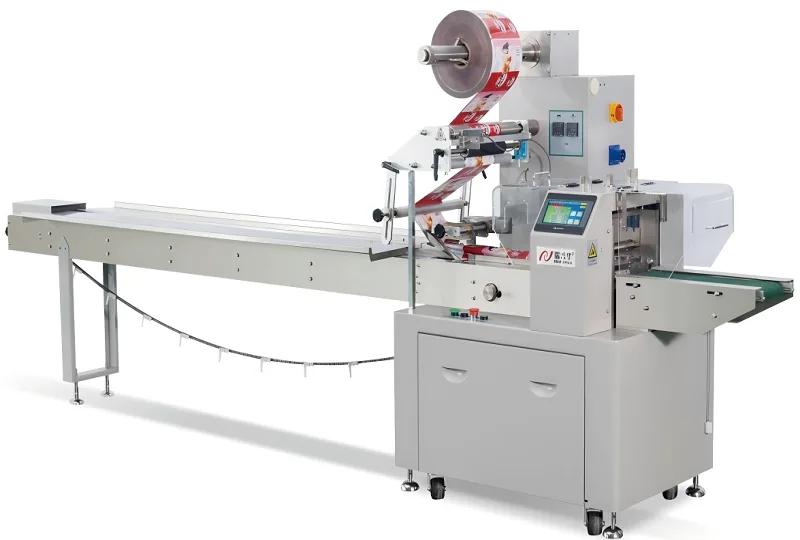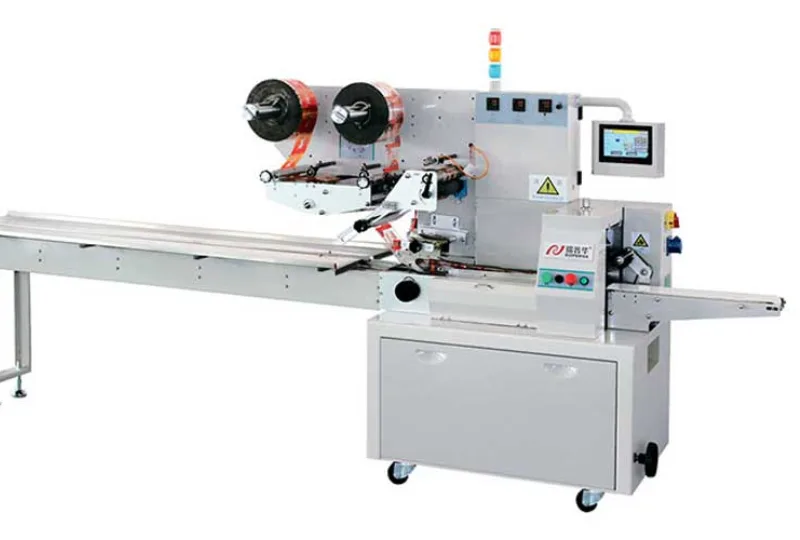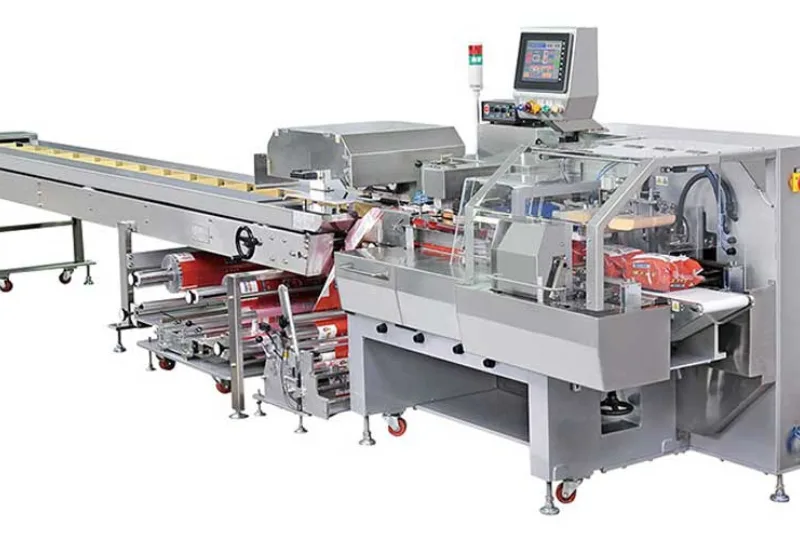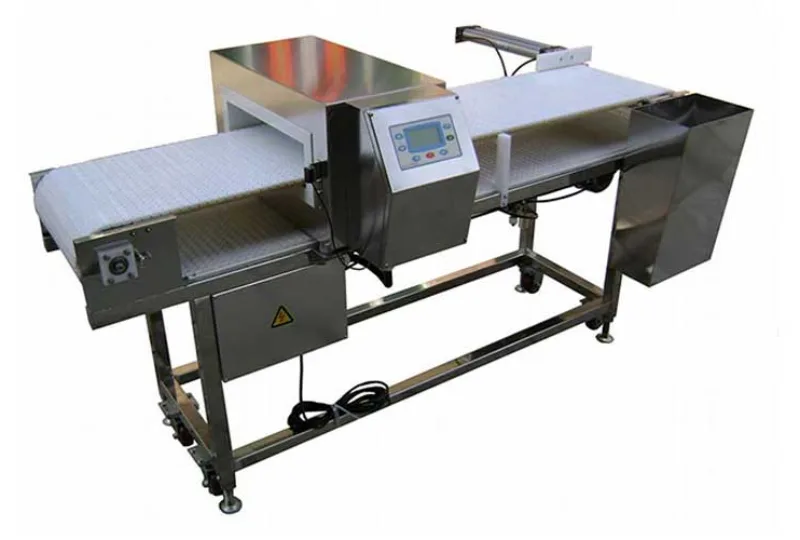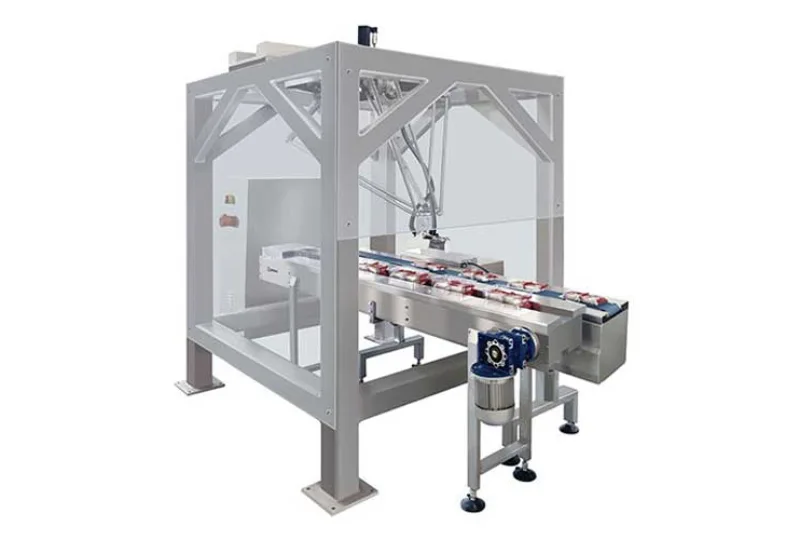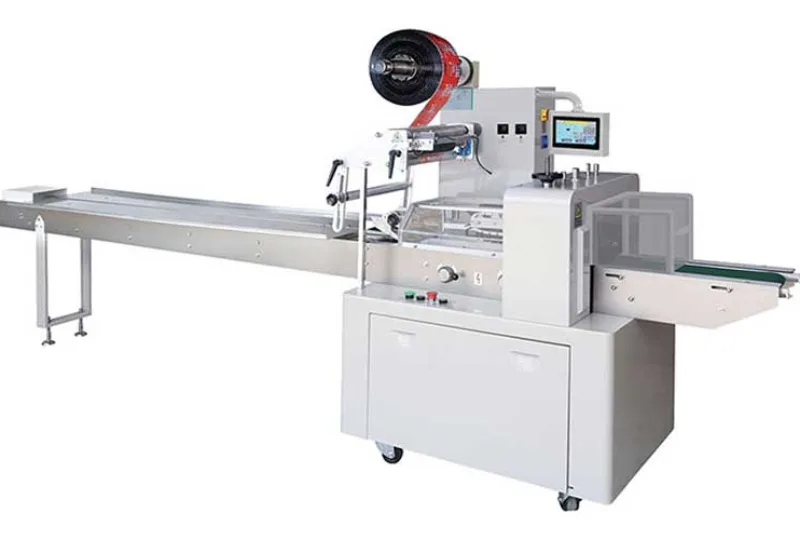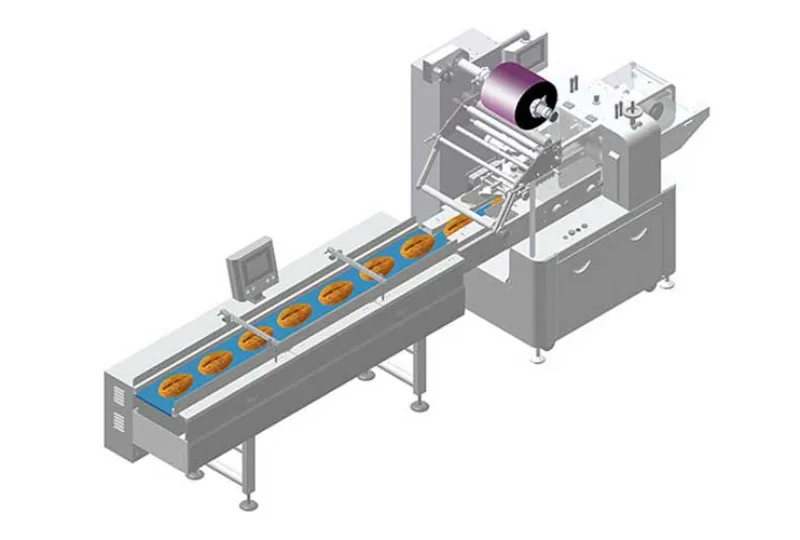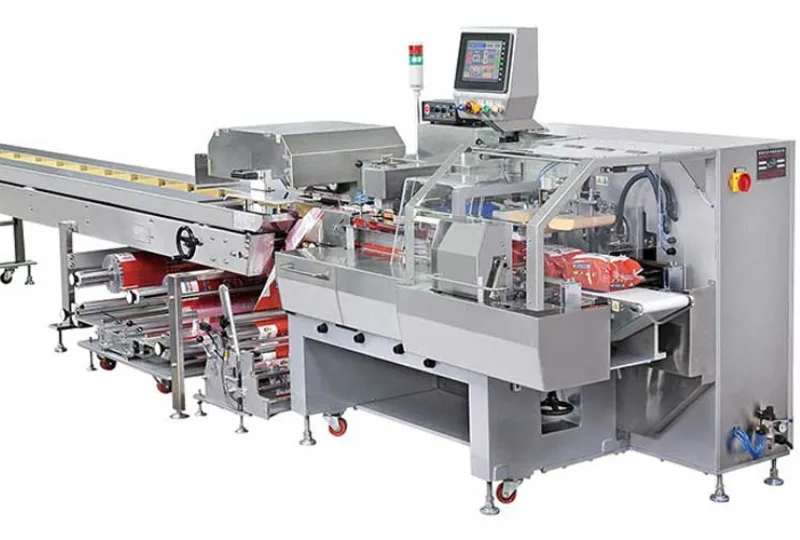Integrating Automation with Wafer Packing Machines- Benefits and Challenges
Automation has transformed various manufacturing industries, including the semiconductor sector. Integrating automation with wafer packing machines brings numerous benefits while also presenting some challenges. Understanding these aspects is crucial for successful implementation and optimization.
Benefits of Automation
Increased Efficiency: Automated wafer packing machines perform repetitive tasks with high precision and speed, reducing labor costs and increasing overall efficiency. This allows manufacturers to produce more wafers in less time, meeting market demands effectively.
Improved Accuracy: Robots and automated systems eliminate human error in handling and packing wafers, ensuring consistent quality and reducing the risk of defects. This precision leads to higher yields and reduces the need for rework or scrap.
Process Standardization: Automation enforces standardized processes, eliminating variations in packing techniques and ensuring uniformity across batches. This consistency improves traceability and simplifies quality control.
Challenges of Automation
Capital Investment: Integrating automation requires significant capital investment upfront. The machines, software, and infrastructure can be expensive, requiring careful planning and financial consideration.
Skills Gap: Automating wafer packing may require a skilled workforce trained in operating and maintaining the new equipment. Manufacturers may need to invest in training programs or hire specialized personnel to address this skills gap.
System Integration: Seamlessly integrating automation with existing systems is crucial for efficient operation. This involves aligning data protocols, controlling systems, and ensuring compatibility with material handling equipment.
Implementation Considerations
Phased Approach: Implementing automation gradually allows companies to manage risks and minimize disruption to ongoing operations. This phased approach enables manufacturers to start with critical areas and expand automation as they gain experience and confidence.
Operator Training: Thorough training is essential for operators to effectively run and maintain automated wafer packing machines. This includes both technical instruction and safety protocols to ensure proper operation and prevent accidents.
Data Analytics: Monitoring and analyzing data from automated machines provides valuable insights into performance and efficiency. Manufacturers can use this data to optimize processes, identify bottlenecks, and make data-driven decisions for continuous improvement.
Conclusion
Integrating automation with wafer packing machines offers significant benefits such as increased efficiency, improved accuracy, and process standardization. However, it also presents challenges like capital investment and the skills gap. By carefully considering these aspects and adopting a phased approach to implementation, manufacturers can effectively leverage automation to enhance their wafer packing operations. Regular monitoring and data analysis further optimize the system, maximizing its benefits and driving innovation in the semiconductor industry.
-
01
Automatic Tray Loading and Packaging Equipment: Boost Efficiency to 160 Bags/Minute
21-11-2025 -
02
Automatic Soap Packaging Machine: Boost Productivity with 99% Qualification Rate
21-11-2025 -
03
A Deep Dive into Automatic Toast Processing and Packaging System
18-11-2025 -
04
The Future of Bakery Production: Automated Toast Processing and Packaging System
18-11-2025 -
05
Reliable Food Packaging Solutions with China Bread, Candy, and Biscuit Machines
11-10-2025 -
06
High-Performance Automated Food Packaging Equipment for Modern Production
11-10-2025 -
07
Reliable Pillow Packing Machines for Efficient Packaging Operations
11-10-2025 -
08
Advanced Fully Automatic Packaging Solutions for Efficient Production
11-10-2025 -
09
Efficient Automatic Food Packaging Solutions for Modern Production
11-10-2025 -
10
Advanced Automatic Packaging Equipment for Efficient Production
11-10-2025




